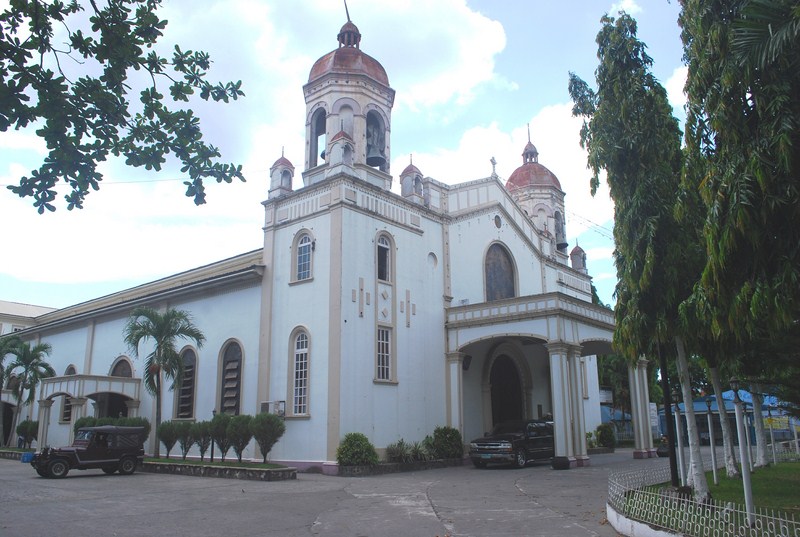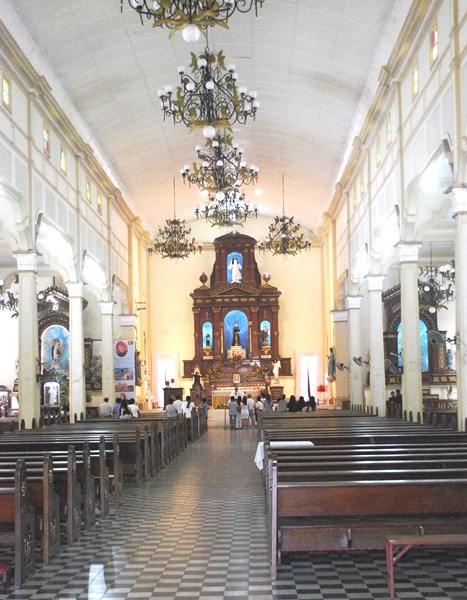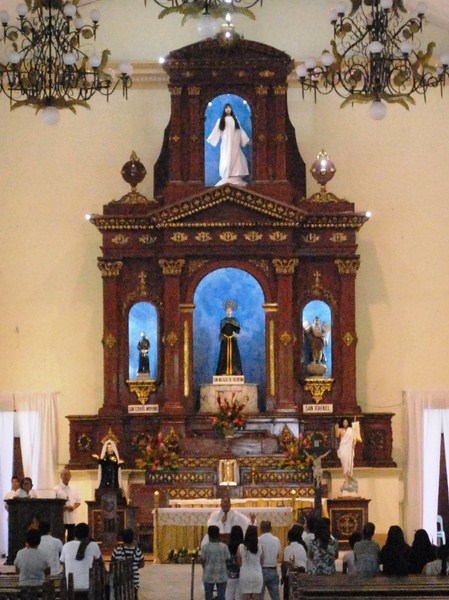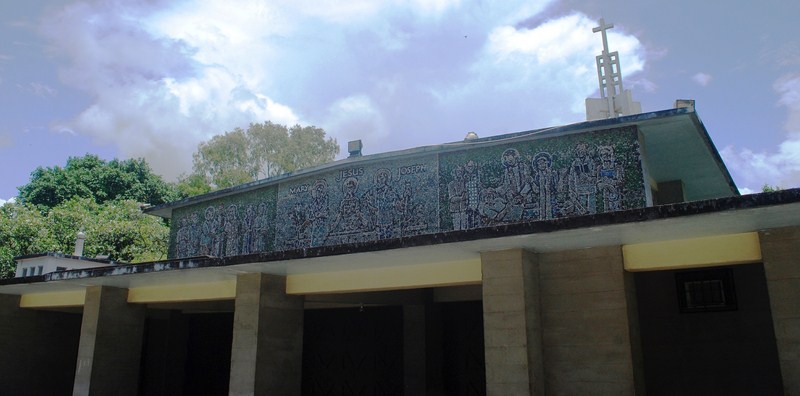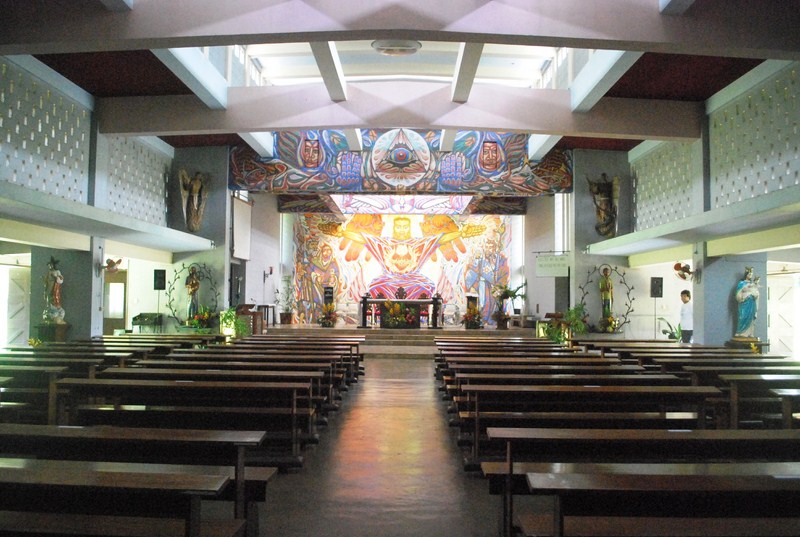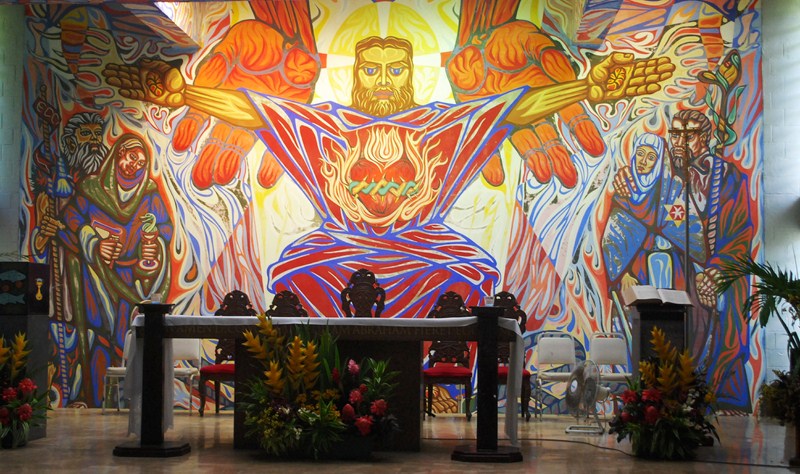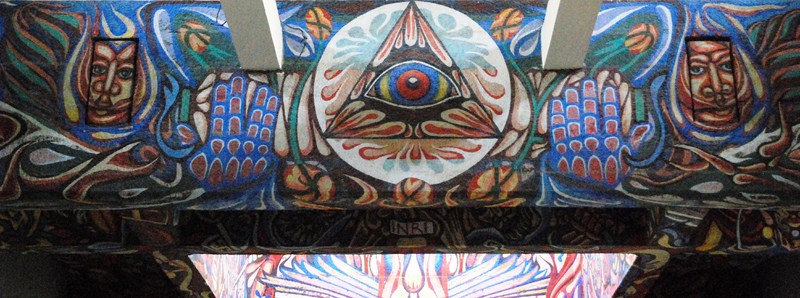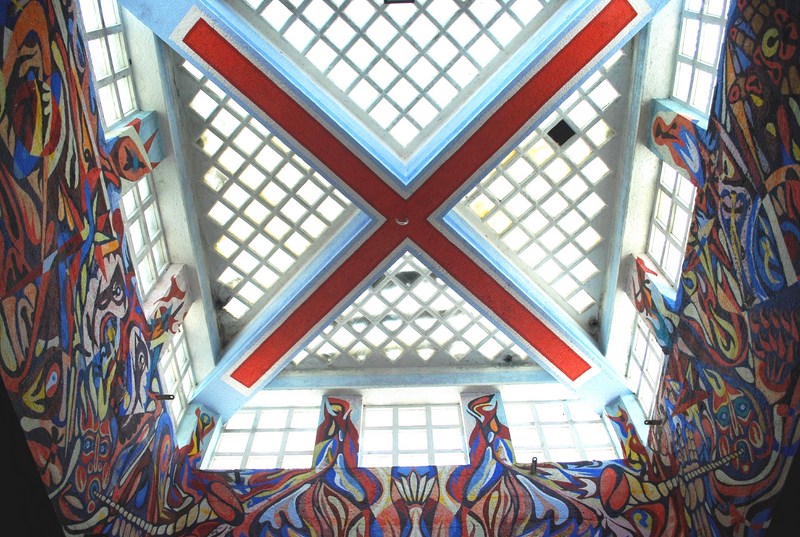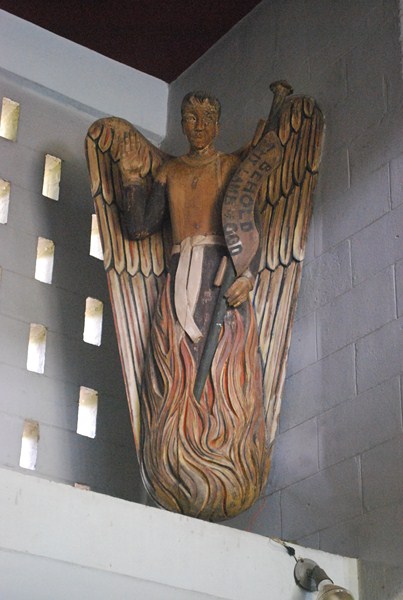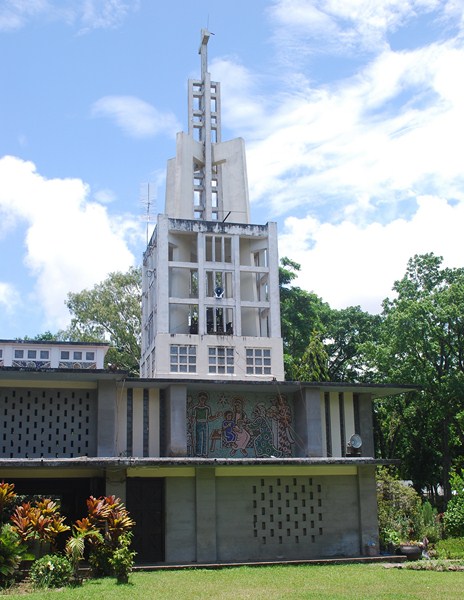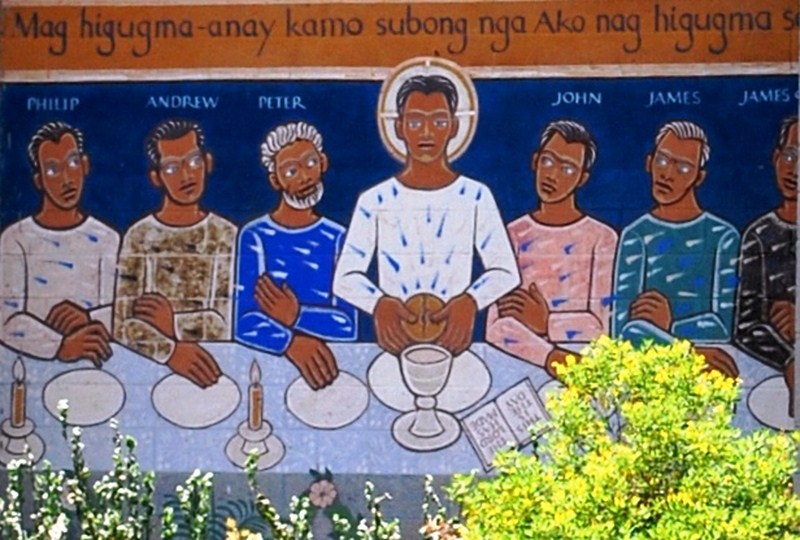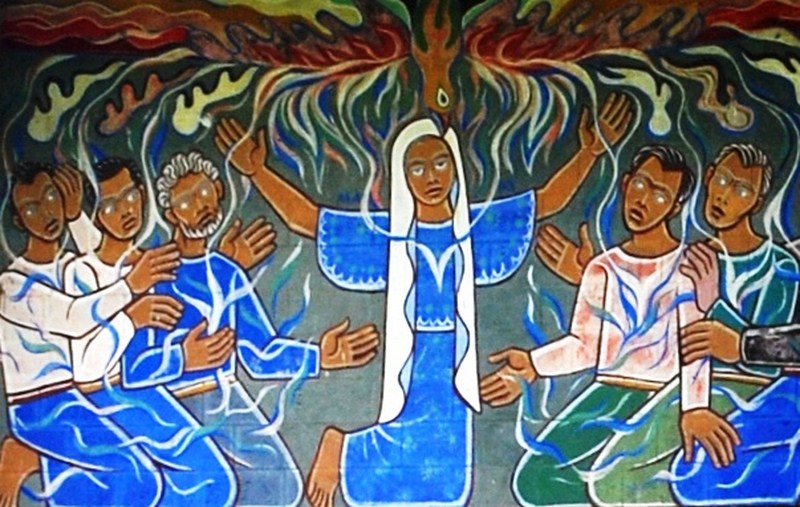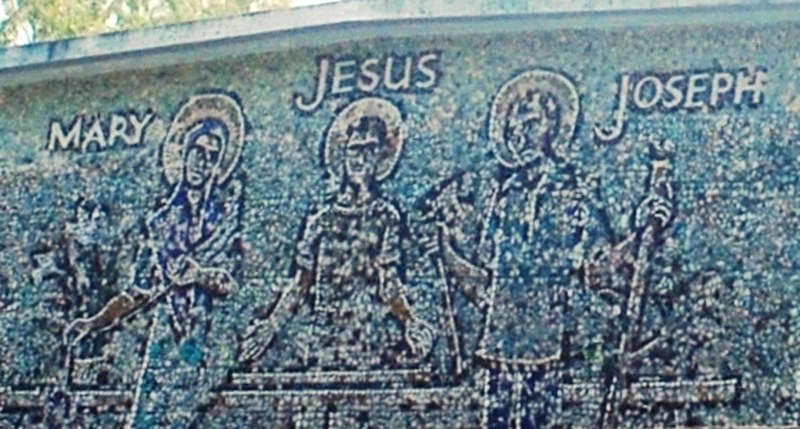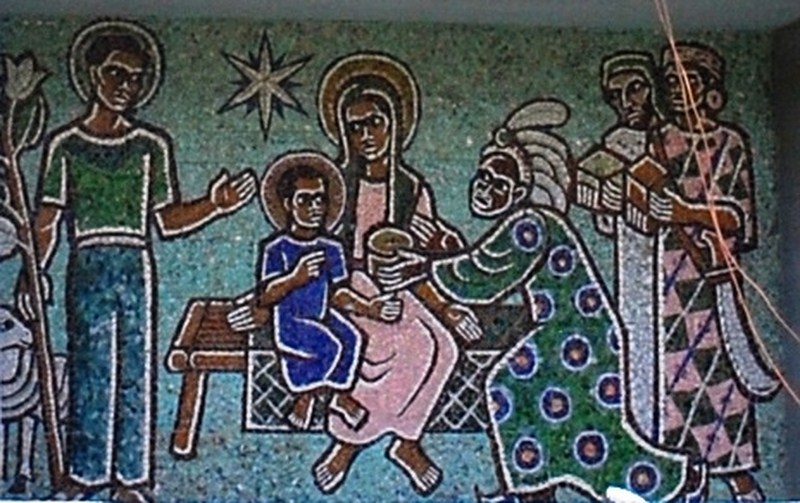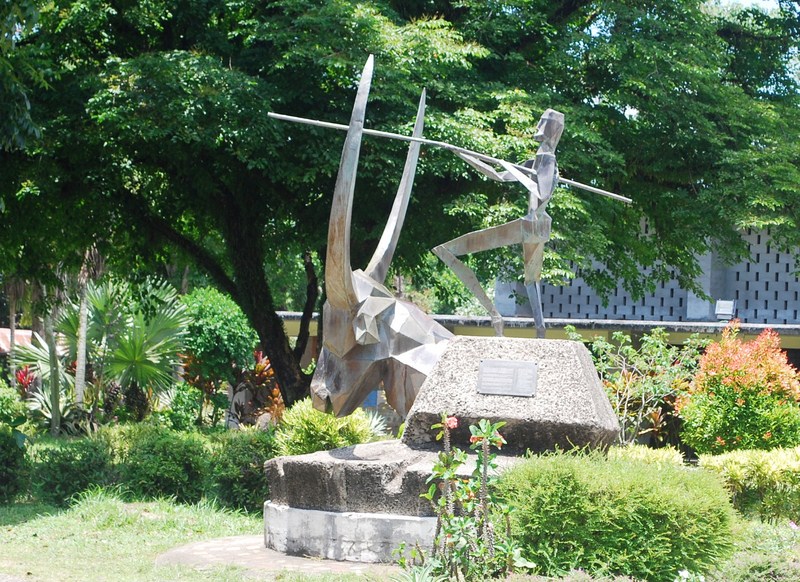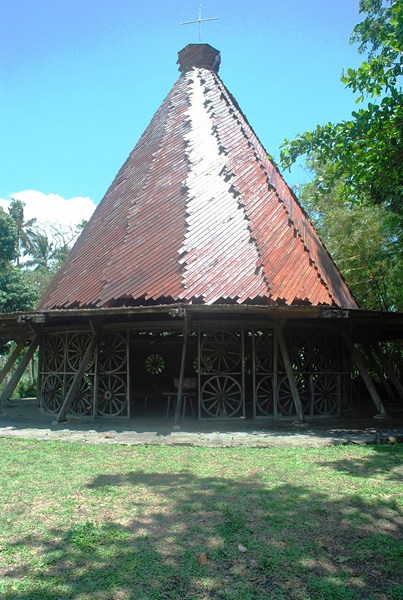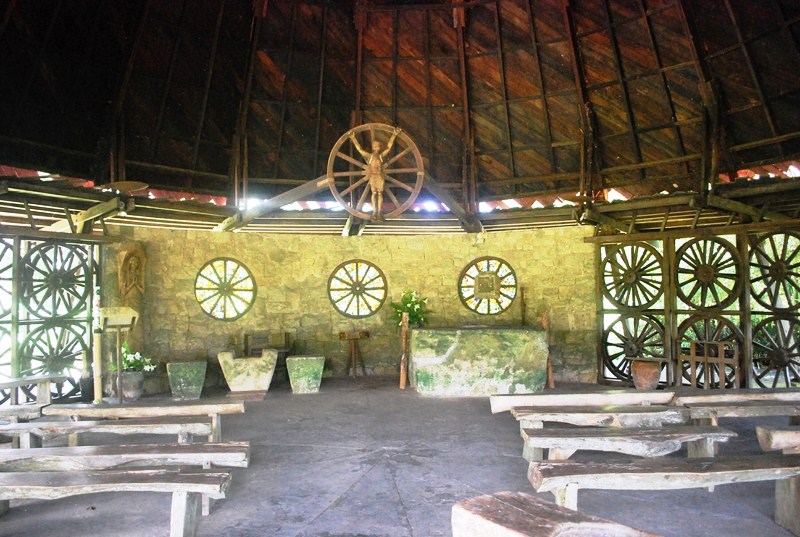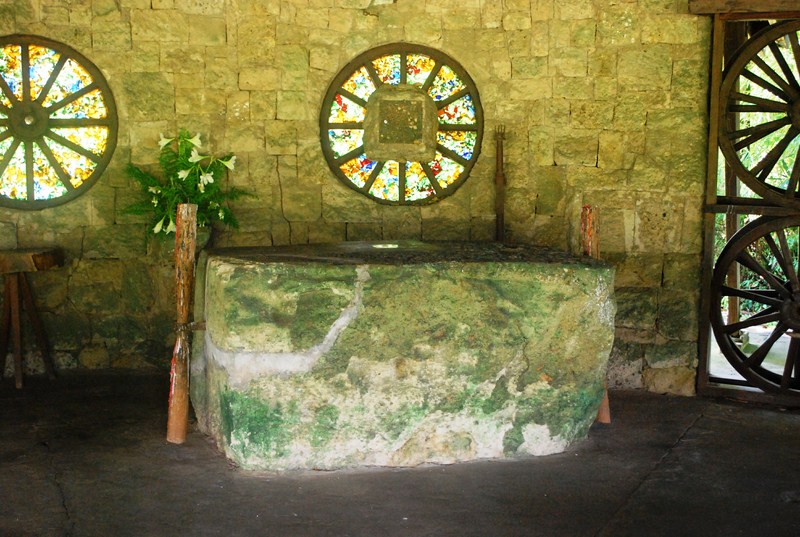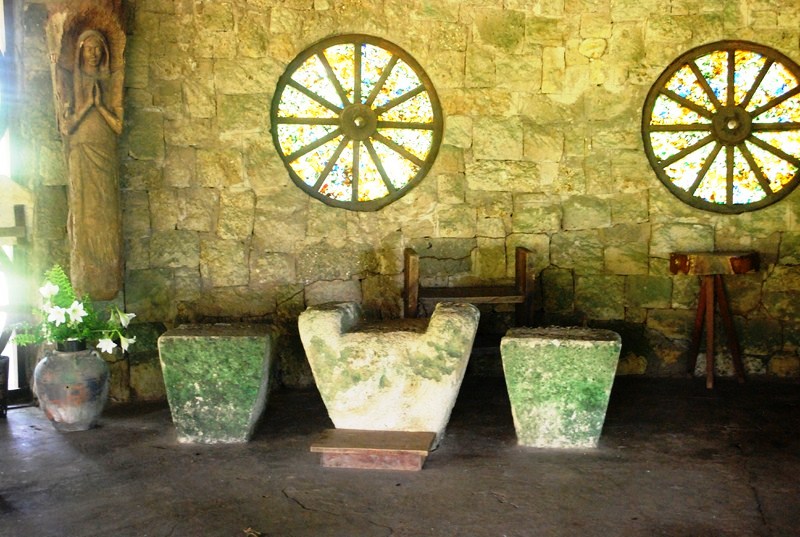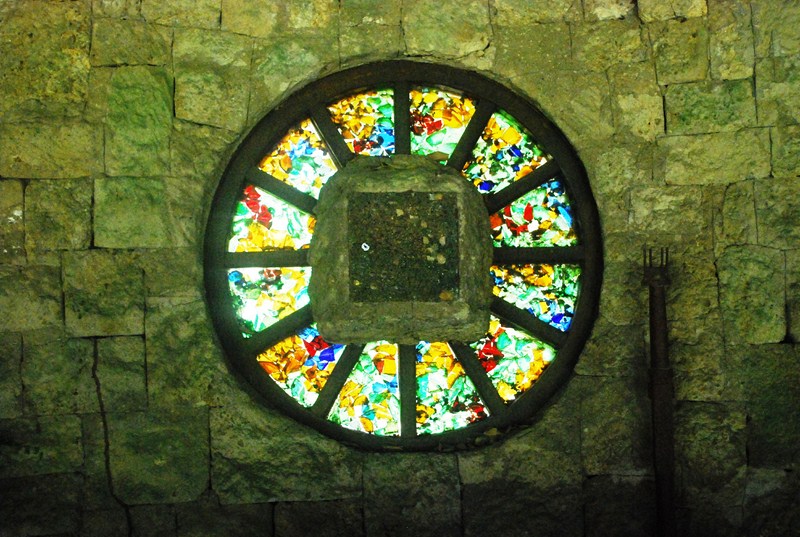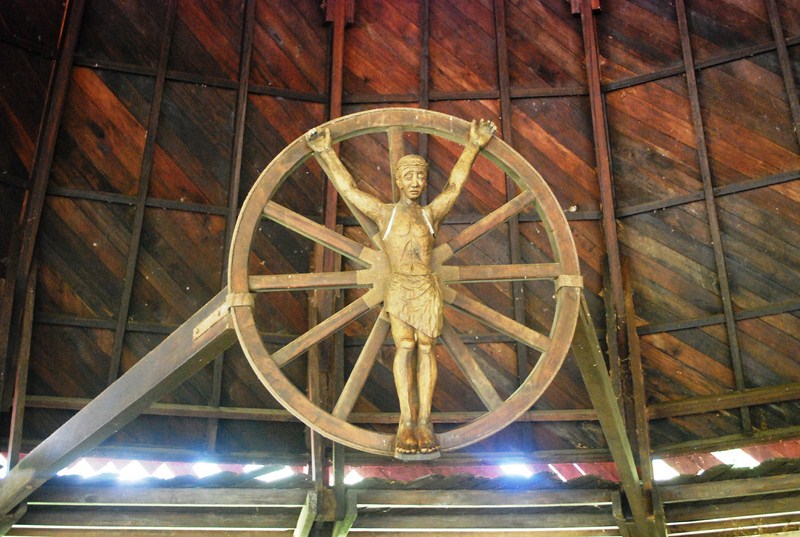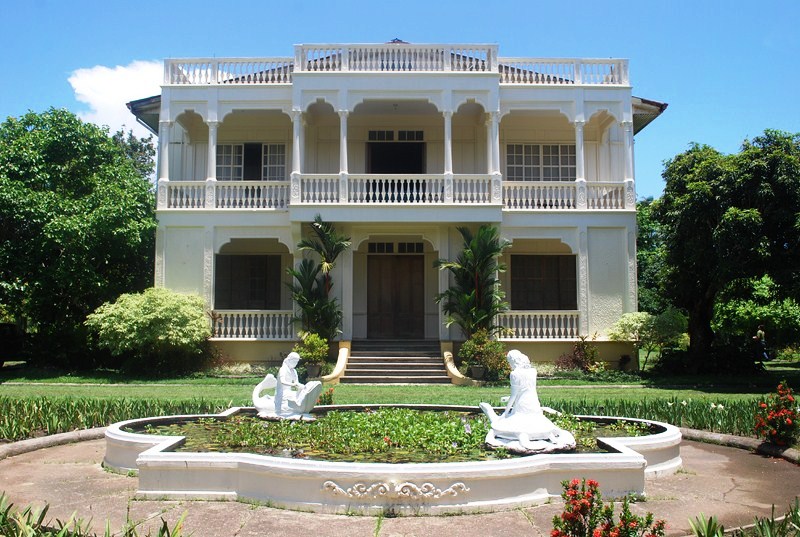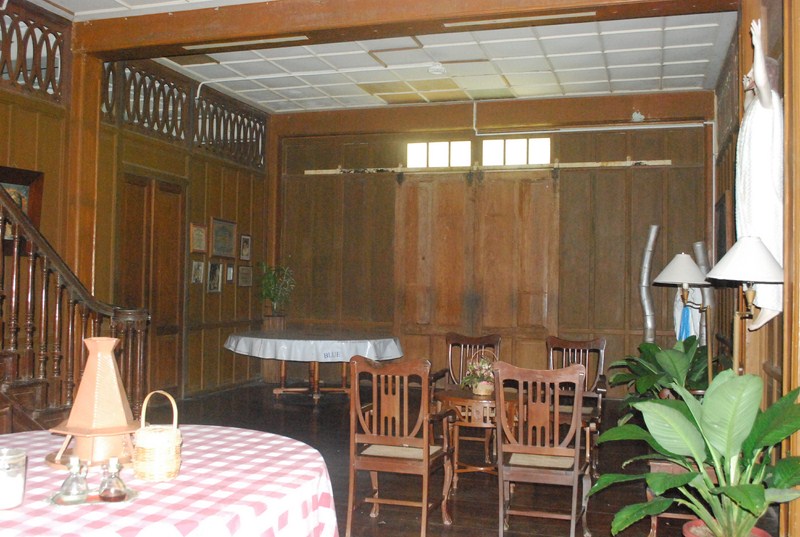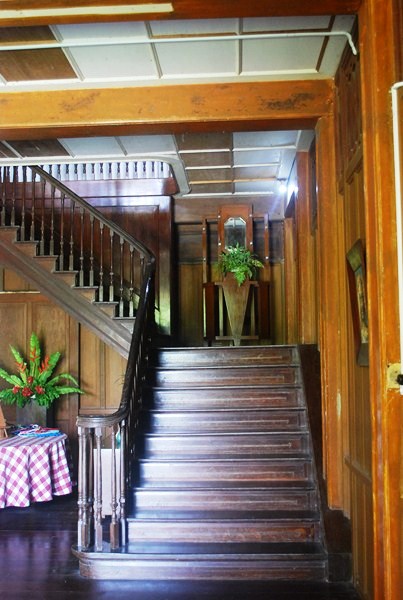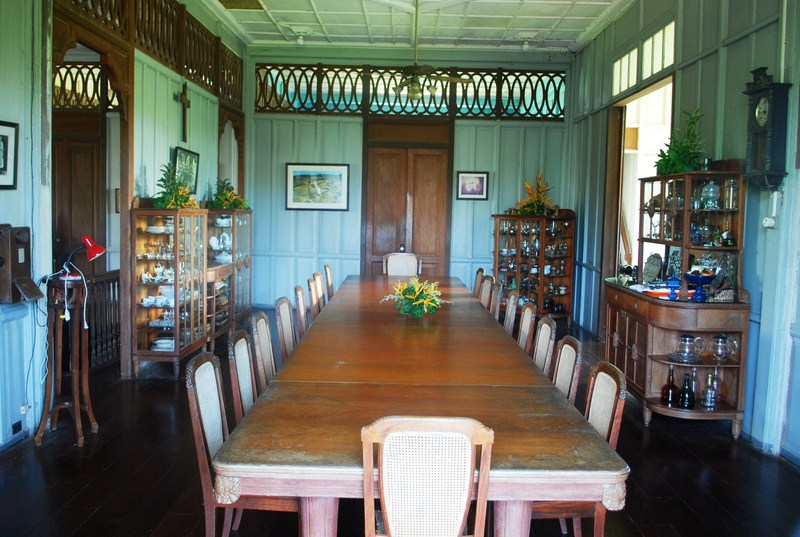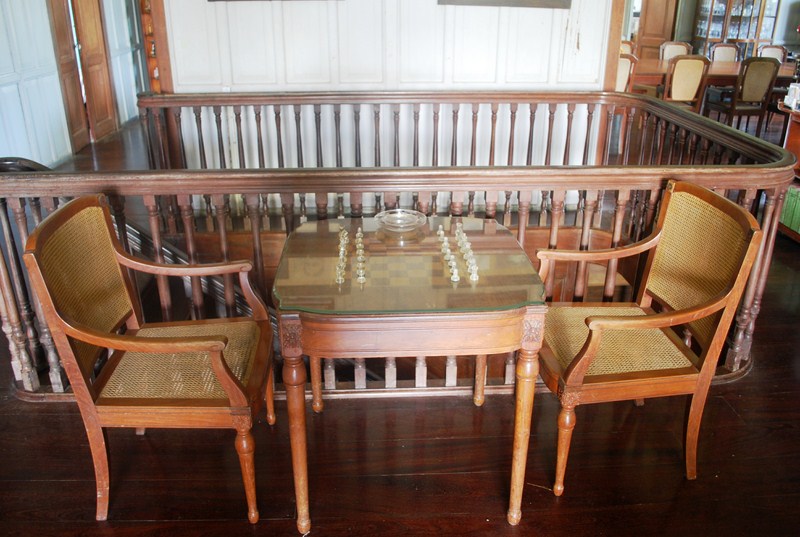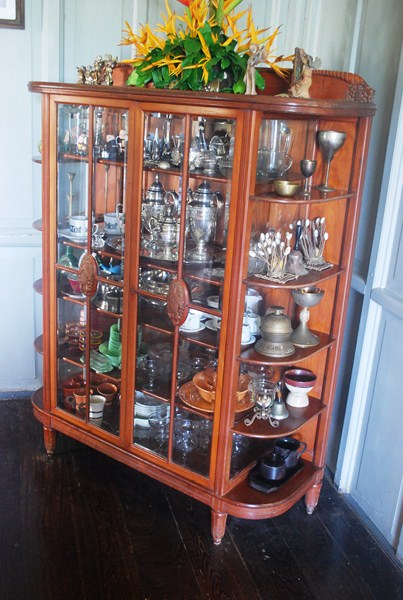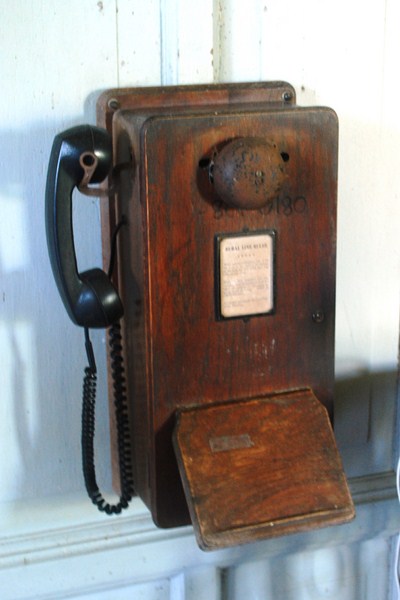This city’s church was first built with light materials by Augustinian Recollect Fr. Fernando Cuenca and continued and completed by Fr. Miguel Garcia in the first quarter of the 1900s. Fr. Garcia also built the convent whose ground floor he converted into a clinic. On February 1873, Fr. Ezekiel Moreno came and stayed at this famous rectory cum hospital for hydrotherapeutic treatment.
However, this church was destroyed as was its second replacement which was built with light materials. The present structure, the third on the site, was started in 1936 by Fr. Luis Alvarez and completed by Fr. Santiago Vida. On September 9, 1939, it was blessed by Msgr. Guglielmo Piani, Apostolic Delegate to the Philippines. The remains of Fr. Fernando Cuenca and Gen Aniceto L. Lacson are kept here.
The only church left in the perpetual care of the Augustinian Recollects in the Diocese of Bacolod, it has a High Renaissance façade, a projecting portico on the main entrance and is flanked by two domed bell towers with tempiettos at the top of the dome and the base of the tower.
How To Get There: Talisay City is located 7.3 kms. (a 10 to 15-min. drive) north of Bacolod City.

